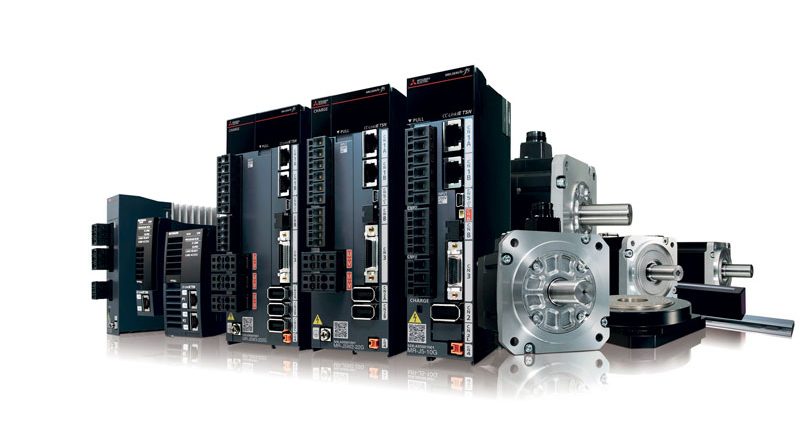Servo & Motion: How to Unlock Machine Performance
Mitsubishi Electric’s new MELSERVO MR-J5 series of TSN-compatible servo drives meet today’s requirements for precision, dynamics, and multi-axis synchronisation. They also integrate a full suite of safety functions as standard, and embed predictive maintenance functions, giving users tools they need to increase machine productivity and availability.
Thanks to Mitsubishi Electric, end-users and machine builders can drive up the performance of their lines and systems thanks to a frequency response of 3.5 kHz and a communication cycle time of 32.5 µs. Further, with the associated MELSERVO J5 motion module, users can synchronise up to 256 axes.
This increased performance does not come at the cost of more complex set-up. No tuning experience is required, with a quick-tuning function generating all of the gain values automatically within approximately 0.3 seconds. The machine is then ready to run as soon as the servo is enabled, assuring smooth running with significantly reduced commissioning time and effort.
Built-in features available through artificial intelligence
Predictive maintenance functions have also been embedded, helping to reduce unplanned machine downtime and drive-up asset availability, so saving both time and money. These functions are powered by Mitsubishi Electric’s Maisart AI technology, allowing this new servo drives series to detect mechanical component deterioration on the machine long before a maintenance is required. You can also manage the MELSERVO MR-J5 with third-party devices via the EtherCAT connection.
Fluidity and precision in positioning and speed control
The MELSERVO MR-J5 series enables users to save time and money in other areas, too. Machine wiring has been simplified with a new single cable – for encoder, power, and electromagnetic brake – with a new one-touch lock connector which eliminates the need for tightening screws. The 26-bit absolute encoder offering 67 million pulses per revolution ensures precise motion control in demanding applications, while the elimination of the need for an internal battery reduces maintenance costs.

